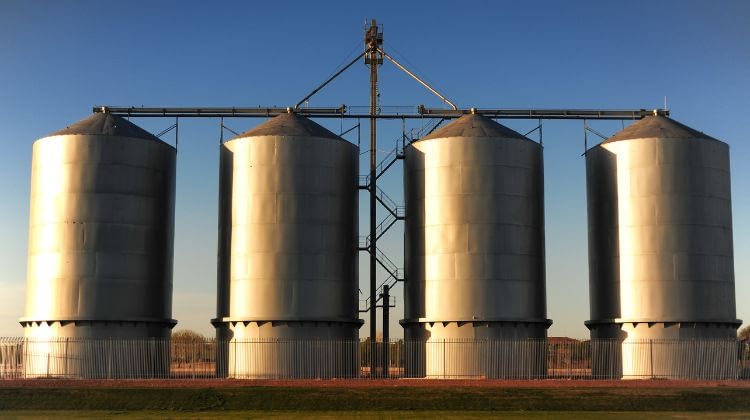
If you work in an agricultural setting, you may find yourself needing to repair a silo from the inside at some point. Most people try to avoid entering silos because of the risks, but clumps and clogs can make it a necessary practice. Here’s what you need to know about the dangers of silo maintenance and repair.
Silos Are Enclosed Spaces
OSHA labels something as an enclosed space when it is big enough for a person to enter and isn’t intended for continual occupation (people aren’t usually inside). Enclosed spaces, by definition, also have limited access, meaning there might be only one way to enter and exit the space.
Normally, buildings like homes, offices, and stores have to follow regulations like fire codes and occupancy limits. Enclosed spaces have their own rules because they’re not usually occupied.
Silo Gas Is Deadly
In the first several weeks after filling a silo, it’s common to see an orange or brown gas coming out of the ventilation system at the top. This gas is nitrogen dioxide, which smells a bit like bleach and can also irritate the eyes, nose, and throat if you breathe it in. Carbon dioxide is also a problem in silos, and unlike nitrogen dioxide, it has no smell.
Silo gases tend to build up in the empty cavities between the silage and the silo roof. If you enter a silo, you’re entering where the gas is the thickest.
Loose Materials Can Act Like Quicksand
In addition to fire, low oxygen, and silo gas dangers, suffocation is also a hazard when entering a silo for maintenance and repair. Loose, free-flowing grain tends to work like quicksand, so falling into it is often fatal.
Avoiding Silo Dangers
To avoid the worst dangers of entering a silo, don’t go inside until after the first few weeks have passed after filling the silo. You never want to enter while the silo gases are strongest. When you do decide to enter, always wear a respirator and a safety harness in case you fall. Gas detection for confined spaces can also help you know if oxygen levels are getting low.
Sometimes, entering a silo is necessary, but it should always be treated carefully. Silos are incredibly dangerous, but you can avoid problems with the right safety precautions.